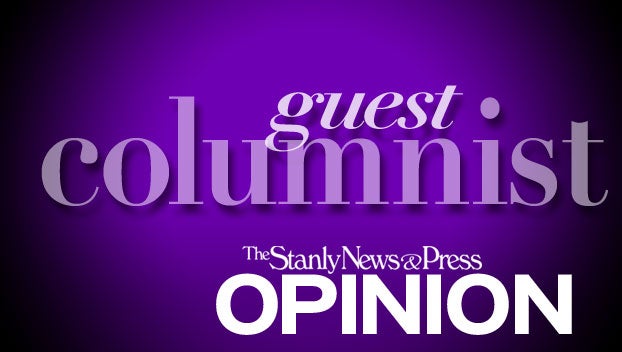JOHN HOOD COLUMN: Red states make Democrats blue
Published 4:54 pm Monday, February 7, 2022
|
Getting your Trinity Audio player ready...
|
Several weeks ago, I wrote a column pointing out that Republican-led states outpaced Democratic-led states in population growth last year. Indeed, some blue-tinted places such as California, New York, and Illinois had a net outflow of residents while red-tinted places such as Florida, Texas, and our own state of North Carolina had a net inflow.

John Hood
While I was careful to note that many other factors, such as weather and recreational amenities, influence where people choose to live, I argued that the relationship between GOP governance and in-migration was unlikely to be a coincidence. “Generally speaking, Republican-led states tax and regulate less than Democratic-led states do,” I wrote. “These policy choices, in turn, tend to make Republican-led states gain population faster by producing signals that prospective migrants can readily discern,” such as better job opportunities and lower-cost housing.
Many readers agreed. Others vehemently disagreed. I truly appreciate both kinds of feedback, which was far higher in this instance than I usually experience.
I got so much response, I think, because of how much this issue shapes the political narratives that partisans tell themselves. For decades, North Carolina Democrats insisted that our state was more progressive and economically successful than other Southern states because the state was willing to “invest” significant sums in education and infrastructure. They discounted the influence of taxation and regulation on the decisions of households and businesses.
The GOP narrative accepted neither of the Democrats’ premises. First, Republicans pointed out that North Carolina wasn’t really outperforming lower-taxed states in the region. Second, they argued that cutting taxes and reducing regulations would, indeed, make North Carolina a more attractive place to live, work and build businesses.
For Democrats, the past decade has been excruciating. Their loss of the General Assembly in 2010 — which occurred despite the fact that they vastly outspent their GOP rivals that year and ran in districts Democrats drew to favor themselves — meant they were no longer in a position to act on and further their cherished narrative.
Now it was the Republicans’ turn. Democrats predicted disaster. They were mistaken.
Their mistake didn’t just come from underestimating the role that tax rates and regulatory costs play in economic decisions, though these price signals are important. Democrats and the progressives who advise them also tend to overestimate the efficiency of government spending. They assume that states spending more money on, say, education and infrastructure will likely end up with more-productive schools, roads and other public assets.
I recently pulled data for the 10 most-populous states in the country: California, Texas, Florida, New York, Pennsylvania, Illinois, Ohio, Georgia, North Carolina and Michigan. Over the past decade, four grew faster than the national average: Texas, Florida, North Carolina and Georgia.
Now let’s look at government services. For schools, I used National Assessment of Educational Progress exams in reading and math administered to fourth- and eighth-graders, adjusting the scores for student demographics. For infrastructure, I used the 2021 Report Card from the American Society of Civil Engineers and the 2021 Highway Report from the Reason Foundation.
Here are the five big states with the best schools, in descending order: Florida, North Carolina, Georgia, Texas and Illinois. The top five in infrastructure quality are Georgia, Texas, Florida, North Carolina and Illinois. The top five in highway performance are North Carolina, Georgia, Texas, Ohio and Michigan. By contrast, the two largest blue states, California and New York, fare poorly on nearly all performance measures.
I’m not arguing that red states always deliver better government services. What I am arguing — and what sophisticated studies spanning all 50 states and dozens of metrics tend to find — is that there isn’t a strong relationship between what governments spend and the quality of services they provide.
The Democrats were never wrong about education and infrastructure, of course. These are valuable services. What they got wrong was assuming that Republican policies are inconsistent with delivering these services effectively. The facts show otherwise. They complicate the narrative.
John Hood is a John Locke Foundation board member and author.


